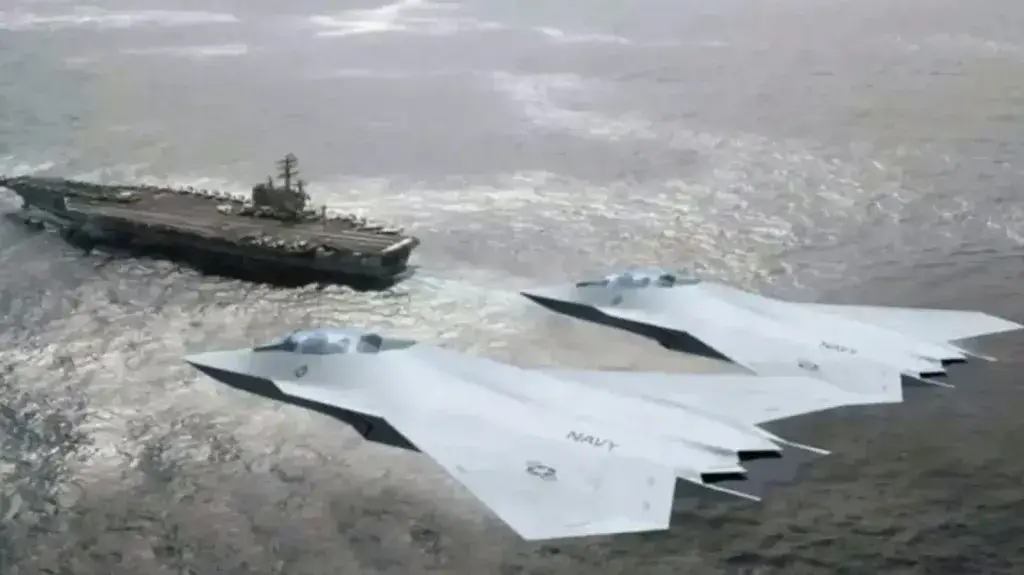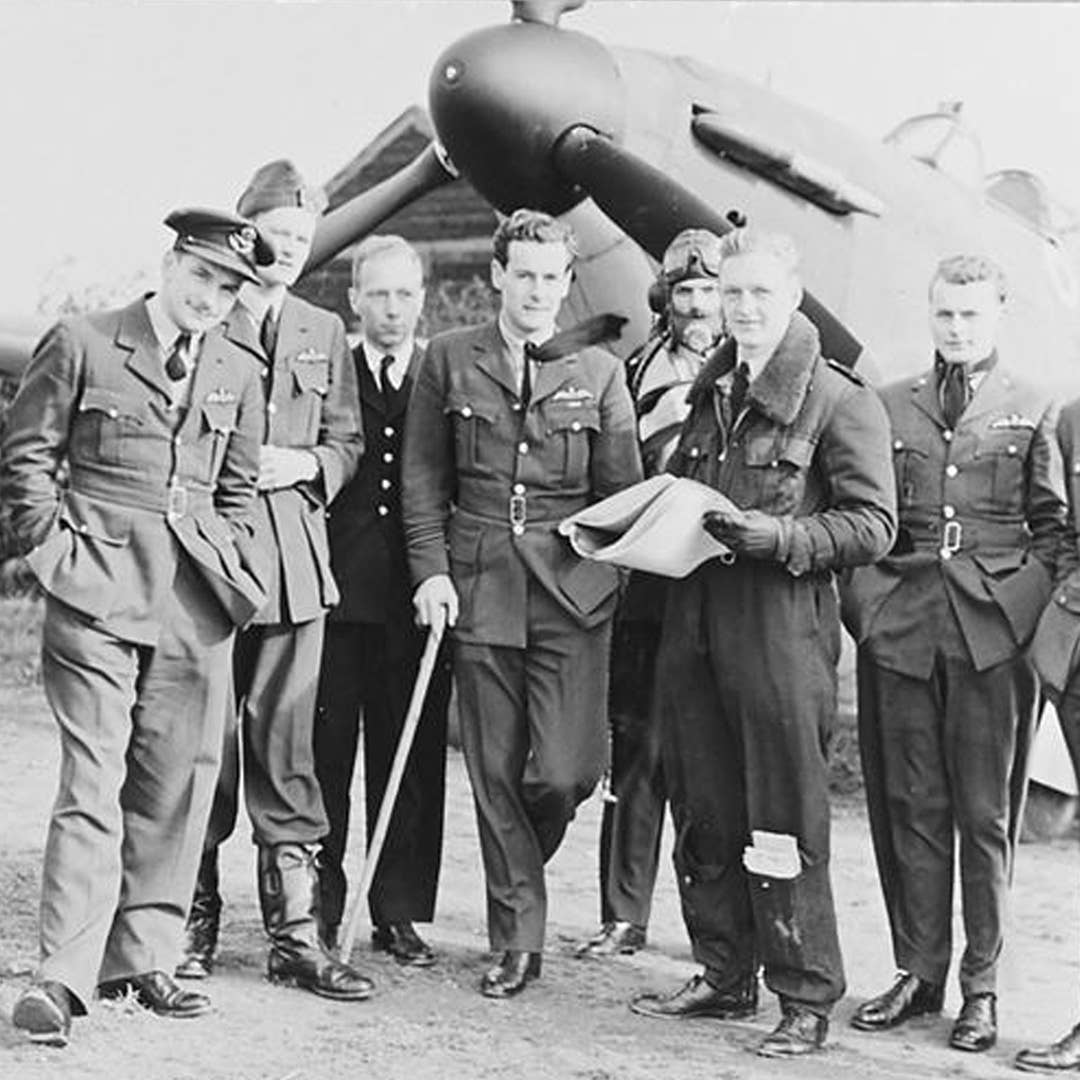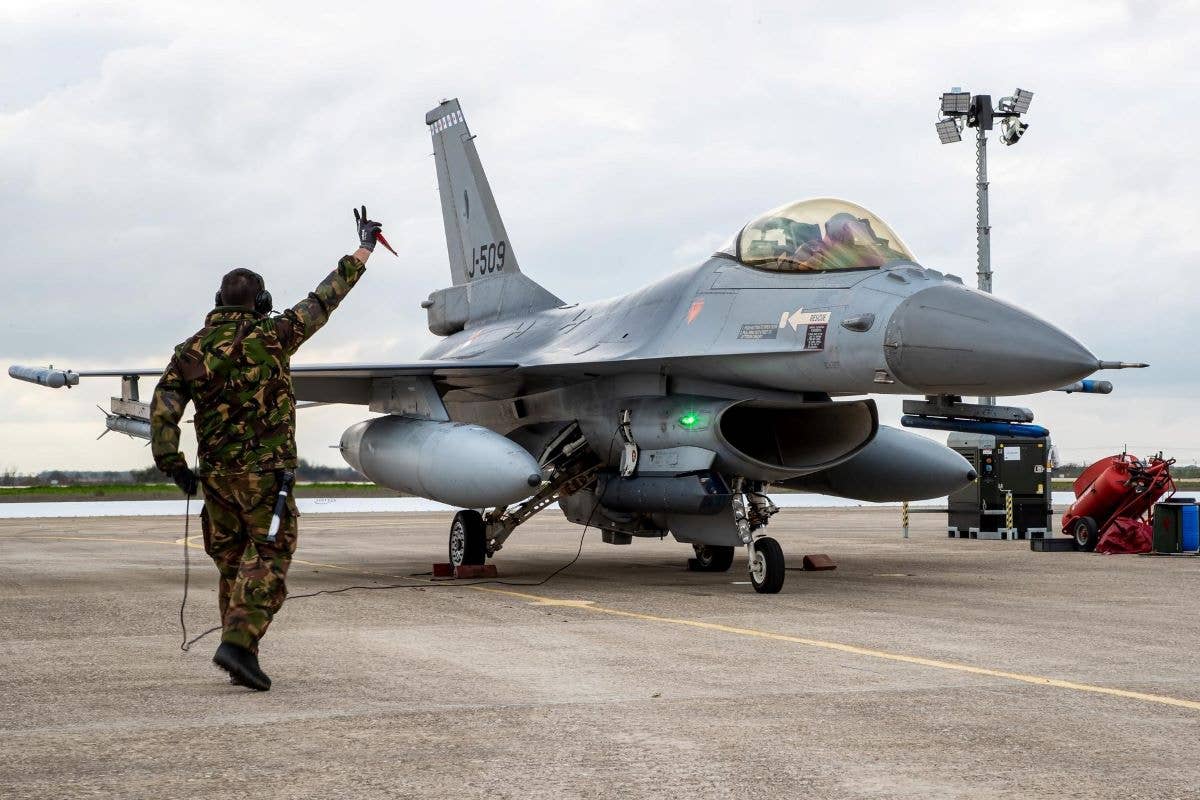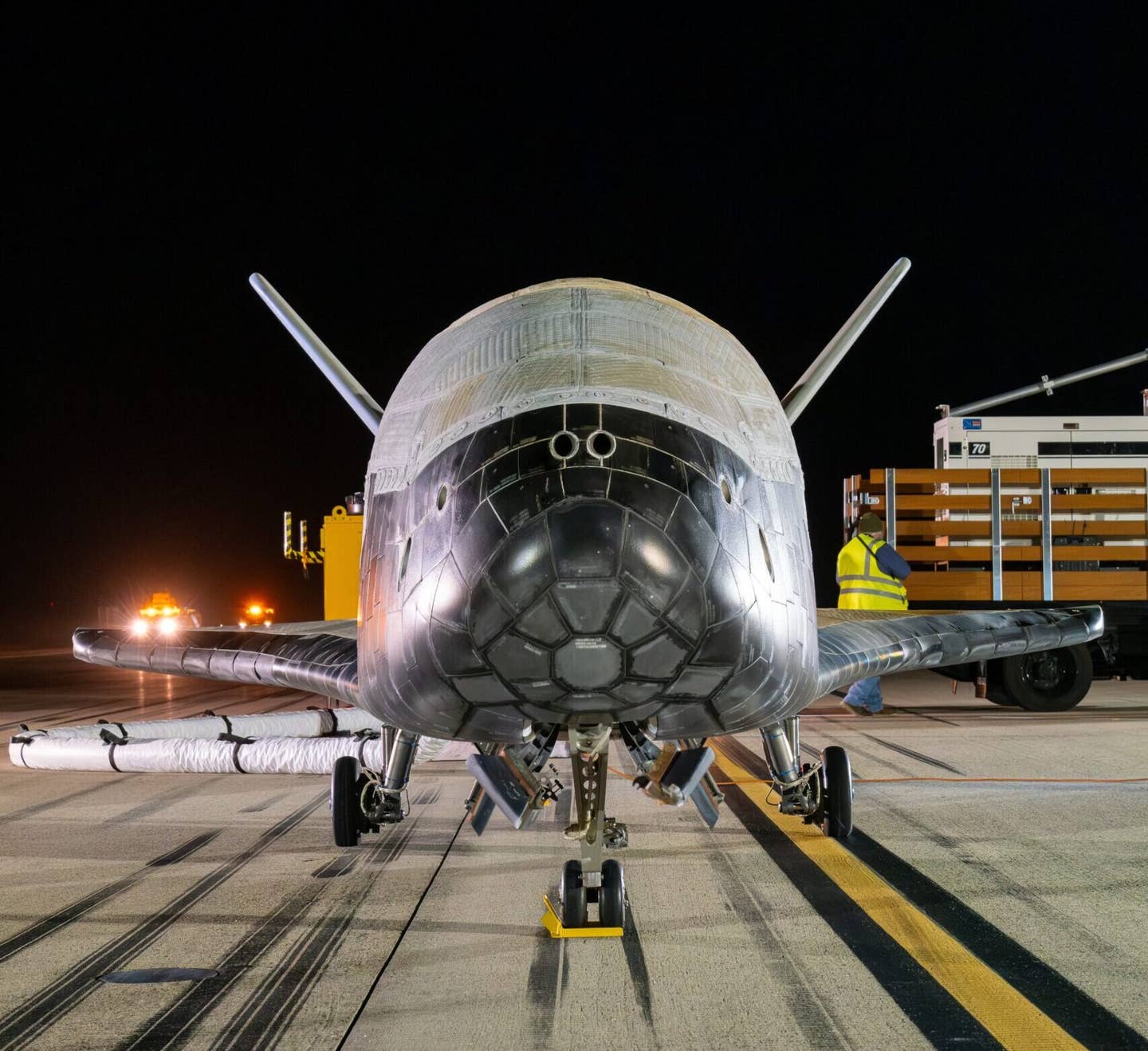Air Force Demonstrates New Magnetic Navigation System
MagNav prototype uses artificial intelligence and machine learning in C-17 demonstration.
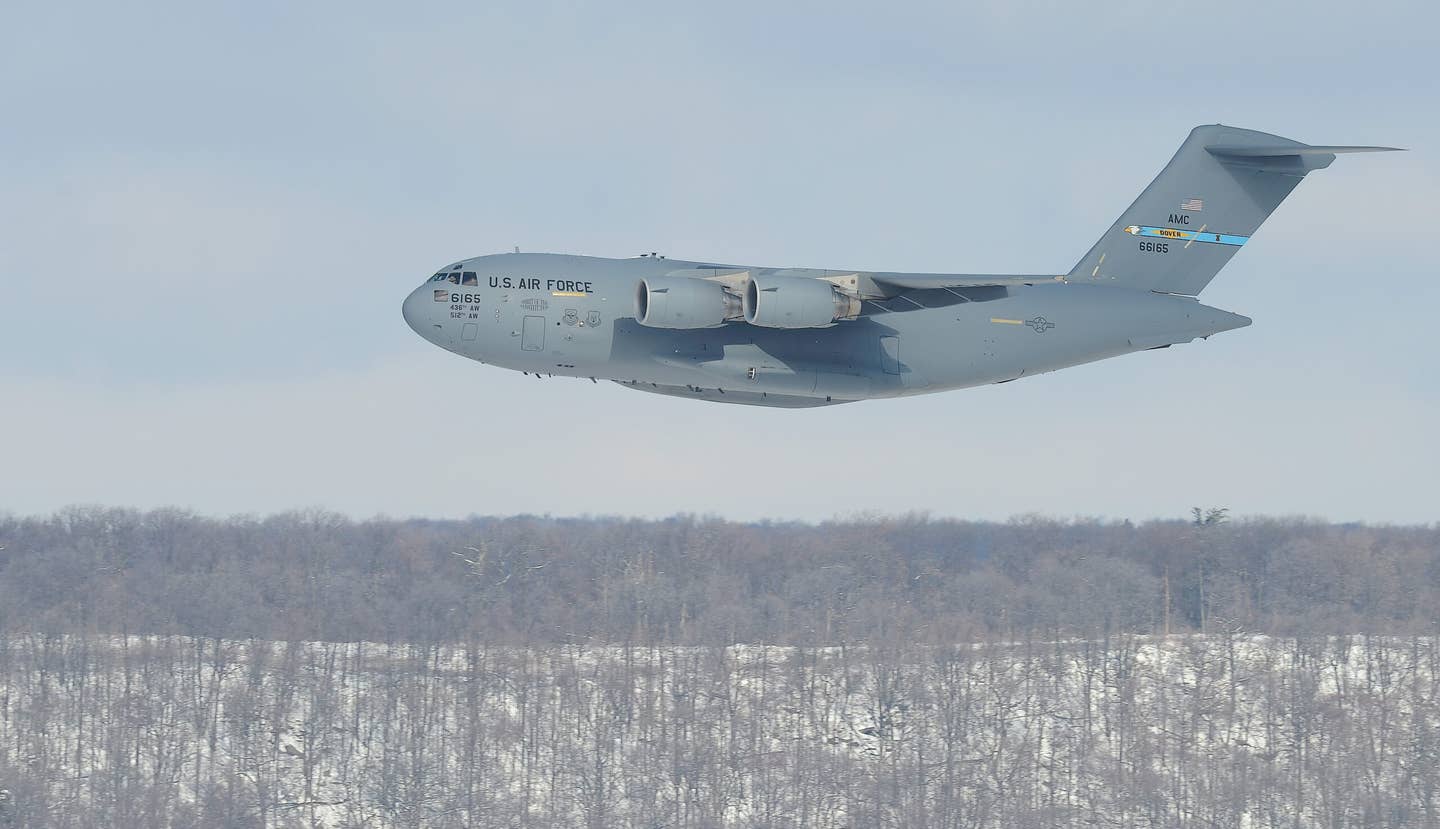
The Air Force used a C-17A Globemaster III aircraft to test its MagNav prototype. [Courtesy, U.S. Air Force]
Air Force officials said the Department of the Air Force-Massachusetts Institute of Technology Artificial Intelligence Accelerator, or AIA, recently performed real-time magnetic navigation in flight using a C-17A Globemaster III aircraft.
The event marked the first successful demonstration of the technology known as MagNav on a Department of Defense aircraft, the Air Force said. The technology is meant as a backup in case GPS navigation is disrupted by jamming or other countermeasures.
For the demonstration, members of the AIA MagNav team, with personnel from MIT, the MIT Lincoln Laboratory, Air Force Research Laboratory Sensors Directorate and, the Air Force Institute of Technology Autonomy and Navigation Center flew three sorties in the C-17 to Edwards Air Force Base in California during an exercise in May called “Golden Phoenix.”
To aid navigation, the teams used a neural network architecture that tracks the aircraft’s position based on a magnetic map while removing magnetic noise from the aircraft. The network had to be “trained” during flight using machine learning and artificial intelligence. The 60th Air Mobility Wing provided the aircraft used to assemble and train the MagNav prototype.
"Every pilot fears single points of failure,” said Maj. Kyle McAlpin, the AIA MagNav liaison. “Our strategy documents lament the DOD’s overreliance on GPS, a single point of failure in our ability to navigate precisely. The next fight demands unassailable positioning and navigation. We can achieve that by augmenting GPS with alternatives like celestial navigation, signals of opportunity, visual navigation, and magnetic navigation.
“This week, we took an important step towards making one of those modalities a reality by transitioning MagNav from the minds of MIT and MIT Lincoln Laboratory onto an operational aircraft, blazing the trail for our sister services and expansion to new platforms."
The Air Force said the collaboration between AIA, MIT, MIT Lincoln Laboratory, and other partners “paves the way for further innovation in navigation technologies, benefiting not only the Air Force but also the broader aviation community.”

Sign-up for newsletters & special offers!
Get the latest FLYING stories & special offers delivered directly to your inbox

